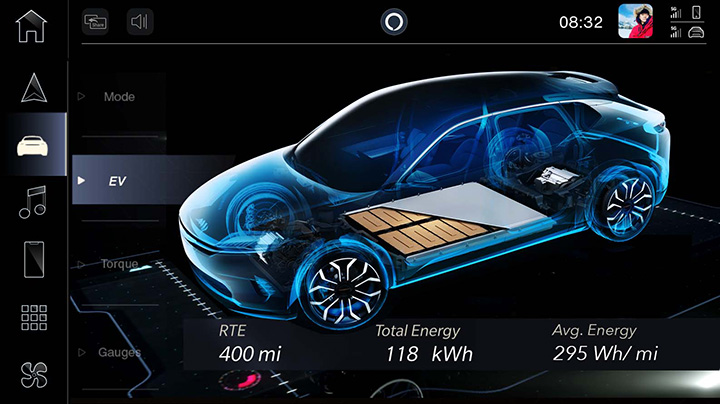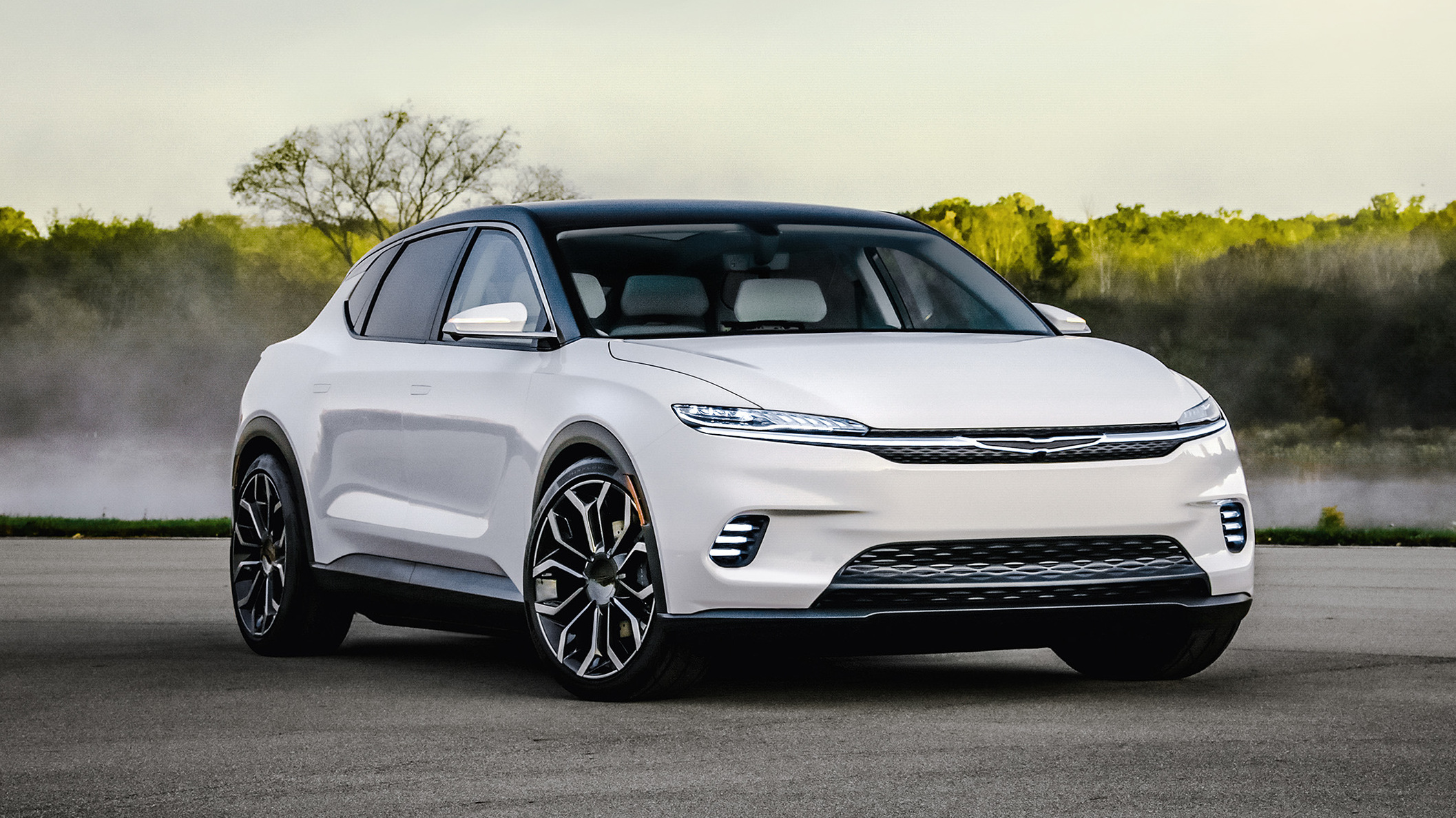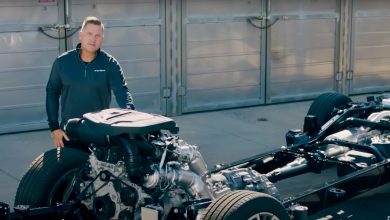Stellantis Gets Patent For A “Vehicle Power Supply Backup”!
Could This New Patent Help Range Or Enhance Performance?

While running through patent filings, MoparInsiders noticed that Stellantis (FCA US LLC) was recently issued an interesting patent for a “Vehicle Power Supply Backup”. This patent was relatively simple, but it could also have several benefits as a system. While I’m not personally a big electric vehicle (EV) fan, the systems are fascinating and the technology that is coming is going to be surprising in the not-so-distant future.

So, what is this vehicle power supply backup exactly? Well, we have two theories…
Theory #1 is the boring and simple theory where a 400-volt hybrid battery system is simply being used to power the base 12-volt or 48-volt vehicle life systems. Think of the EV battery back acting as an uninterruptable power supply for the vehicle when it is parked. Vehicle systems such as cooling or charging circuits could operate off this circuit while the vehicle is parked for an extended period and maintaining a charge. At a low amp draw, it is possible for these systems to run for very extended periods of time without draining the main EV or Hybrid system battery too much.
So that is the simplest explanation for the new patent and the enthusiast in me just wants to throw the “Keep It Simple Stupid” theory out the window and look at cooler theories instead. Like most patents, you start with the abstract and then extrapolate a hypothesis of what the system will do. In my enthusiast-based thinking, I immediately think the “vehicle component” is more than likely a motor and two battery packs at different voltages. Based on current EV or hybrid configurations, it is easy to assume that one system is 400-volt and the other is 800-volt which can provide other opportunities for the system. If the first battery system is running down, there is a switch-over the system to allow for a second battery to jump in to continue to power the vehicle for a short period of time.

Like all electrical systems, voltage and capacity are tradeoffs. The energy of a battery is the voltage multiplied by the amp-hour capacity (Ah). In other words, a 400-volt 50Ah battery has the same total energy as an 800-volt 25Ah battery. The difference is the 400-volt battery can last longer under the same loading conditions. Why is this important?
The first is charging, fast charge systems are typically a much higher voltage. The higher the voltage the more efficiently the batteries can be charged although there are tradeoffs, and this can be debated to a certain degree. Let’s assume the 800-volt system is the “backup” to allow for a 50-mile range boost to get to a charging station. That’s great! A 50-mile buffer for the system and an 800-volt system that allows for a fast charge. As the 800-volt pack nears capacity it can begin charging the 400-volt battery through a separate step-down circuit. As a dual function system, the 800-volt battery would serve as the backup system for when the main battery is low and fast charge system with a certain mileage availability nearly instantly.

We can even dream a step further and imagine using the 800-volt system as a performance enhancement product in my second theory #2. Imagine pushing the SRT button on the touch screen, grabbing hold of the steering wheel, then mashing the gas using the 800-volt system to overload the motors with a nominal higher voltage for a short period of time. The vehicle rockets to 60 mph in under 2 seconds or maybe it is like a traditional downshift feel on the highway to boost the 60 to 80 mph range where many EV’s suffer in drivability. How cool would that be?
While the enthusiast in me wants it to be theory #2, it is probably just a simple system that operates under theory #1. The real story here is Stellantis is developing battery systems. They are researching and developing patents. They are doing everything needed to put them at the forefront of the EV revolution that is coming whether we necessarily want it or not.






1 reply
Loading new replies...
Join the full discussion at the Mopar Insiders Forum →